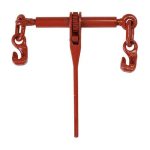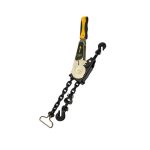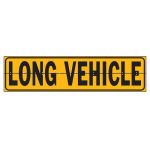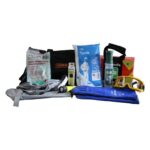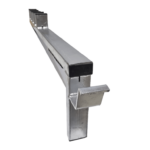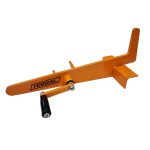Inflation is a measure of how quickly the cost of goods and services rises, and it is another method to gauge the strength of the economy. Everything becomes more expensive as the inflation rate rises. If you’re looking to buy a new car or even some clothing, you’ll notice that they’re more expensive than they used to be since they’re created using lesser materials today.
Labour costs are rising as a result of the minimum wage and rising benefits and healthcare expenditures. Labour costs have risen dramatically in recent years, particularly for entry-level workers with little experience or education.
Fuel is a big one, again. It’s important to note that fuel costs are rising for both trucking companies and owner-operators. For large fleets, fuel is often the single largest expense for most operations—and it can make up anywhere from 20% to 50% of their operating budget.
The cost of fuel impacts everyone in the trucking industry: from trucking companies trying to keep their costs down by cutting back on unnecessary expenses like driver salaries or maintenance contracts; all the way down through owner-operators who rely on their trucks as a sole source of income (or even just part thereof).

While inflation can make trucking more expensive, it can also mean that equipment costs will rise along with the price of fuel. As a result, you may find yourself paying for more expensive trucks and trailers if you don’t plan ahead.
Here’s what this means: Truck manufacturers are raising their prices because they need to keep up with rising labour costs (which are also going up). They do this by increasing profit margins on their products and passing those increased costs on to customers through higher prices.
Inflation is a serious issue for the trucking industry, and it’s also a major problem for owner-operators. The economy as a whole suffers from inflation, which causes prices to rise across all sectors of society. When inflation goes up, companies that are dependent on wages or prices for their revenue are forced to cut costs in order for them not lose money due to rising costs. This can mean layoffs or reduced hours at work for employees who rely on this income source (i.”e., owner-operators).

Consequently, an estimated 10-12% rate increase is necessary to offset increasing expenditures (less for more-than-truckload fleets). The inflationary market is currently enabling carriers to recoup this, thus margins are improving. However, keep in mind that our concept of inflation prioritises long-term rises. How far can fleets keep pricing at these levels? Perhaps in the coming year. However, driver expenses, equipment costs, insurance costs, travel costs, and meal costs may have a longer-term impact on your budget’s purchasing power.



















